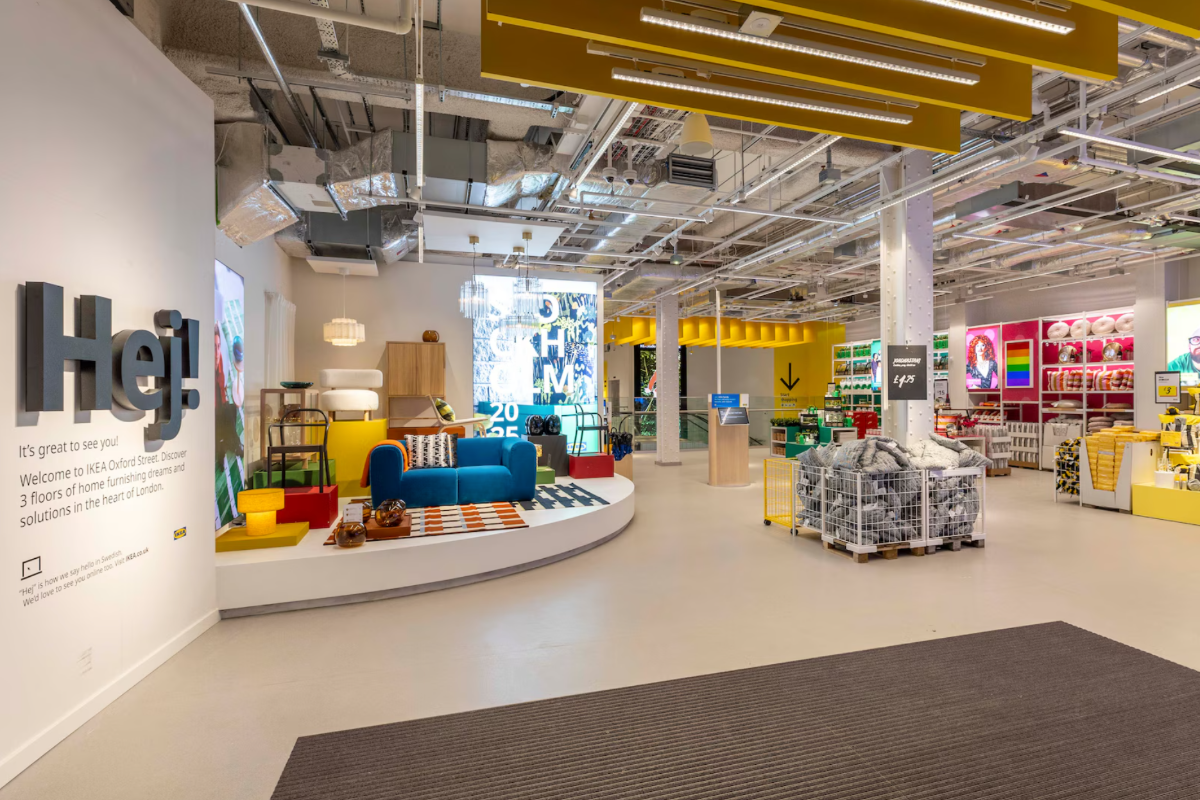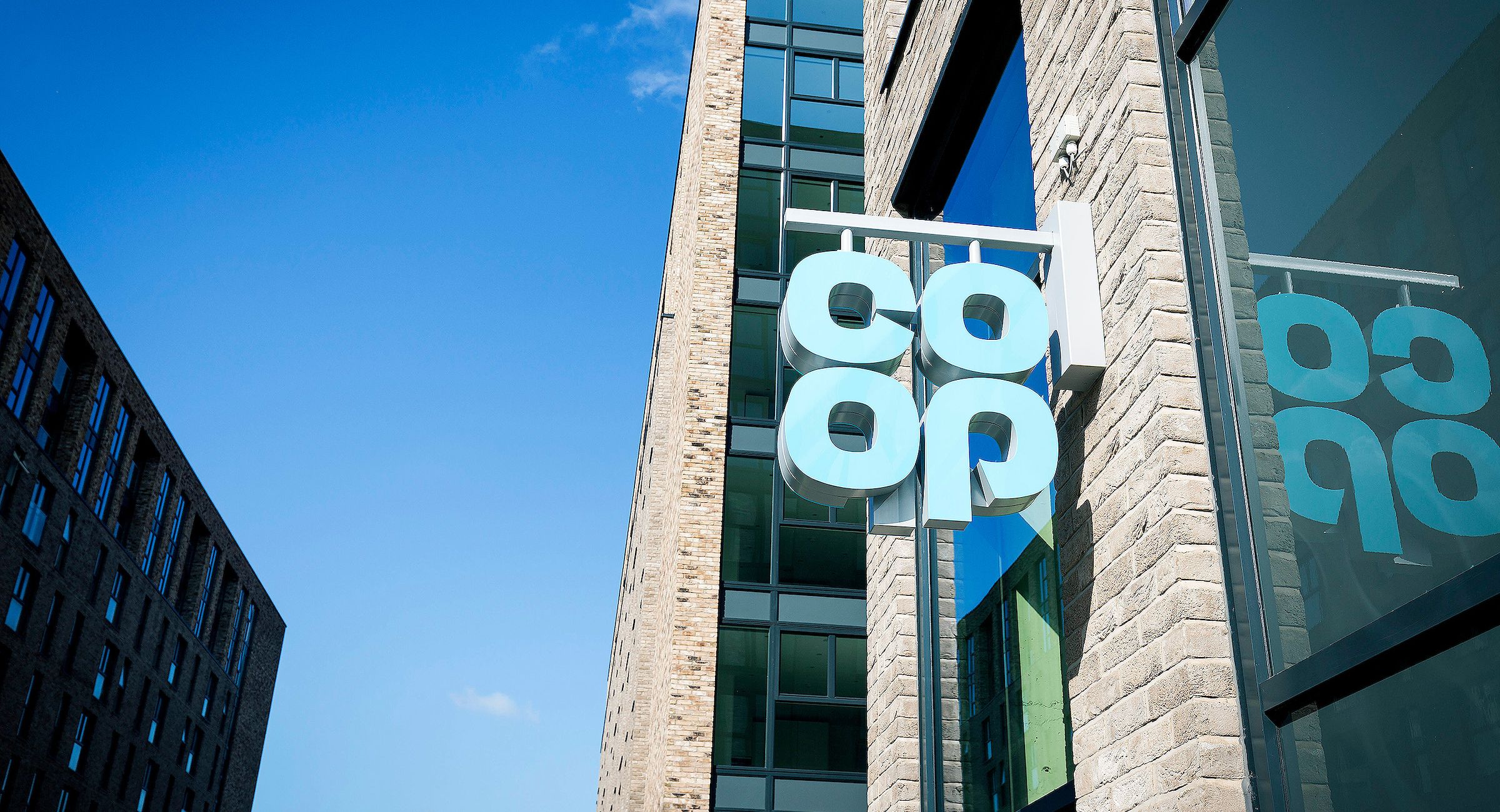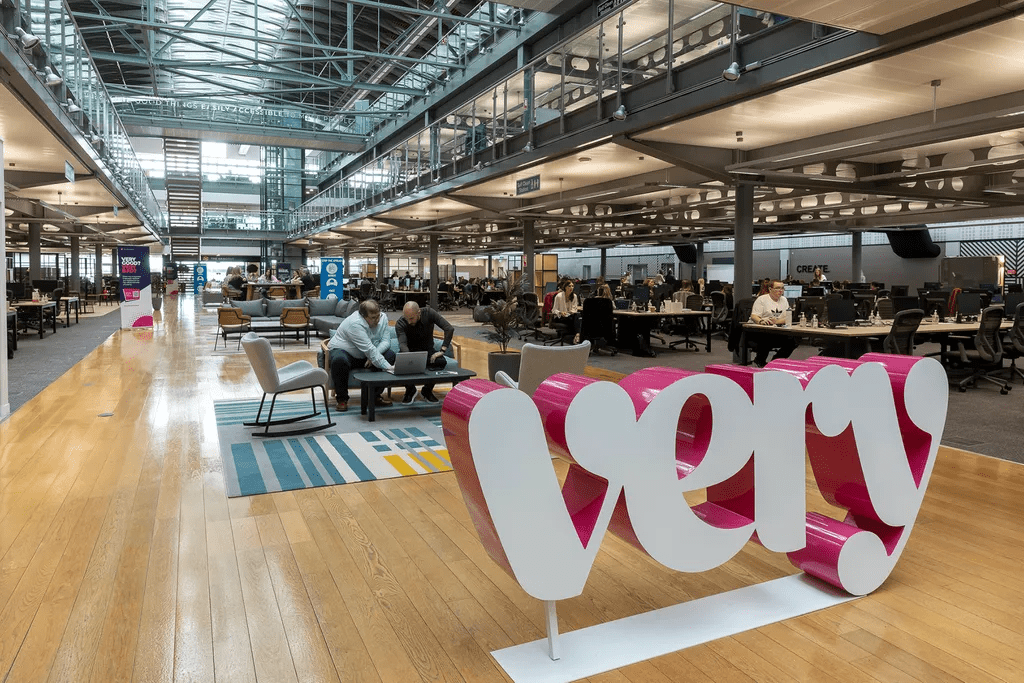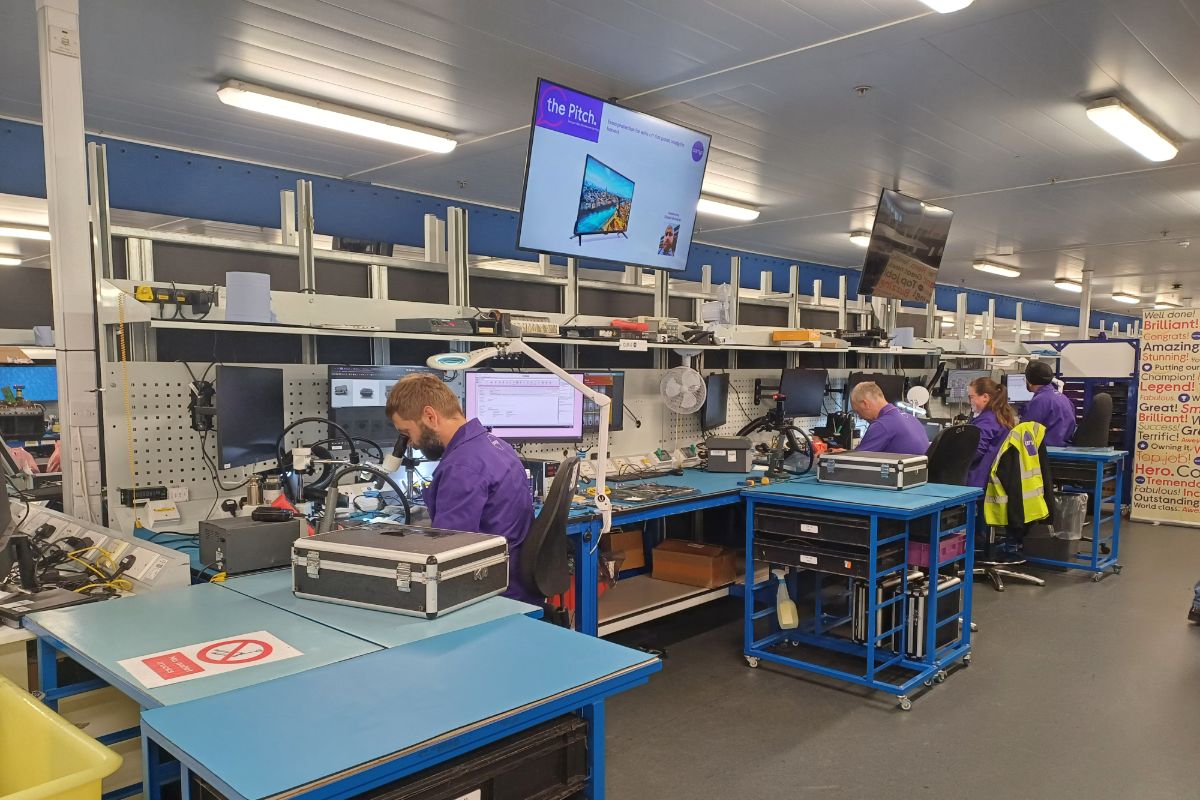More than 20% of Waitrose sales are expected to take place online in future – up from 5% before the coronavirus pandemic, the John Lewis Partnership said today. The huge growth follows a Covid-19 lockdown in which many more customers turned online to do much more of their shopping, accelerating changes that had already been expected to take place in coming years.
The retail group says it now expects 60% of John Lewis sales to be made online, up from 40% previously and it is investing for a digital-first future in which its shops will still remain important. The group plans to invest in making shopping easier, more convenient and more rewarding. Online personal services will feature alongside more usable apps and websites, increased availability both in store and online and greater availability of click and collect services. Recent announcements on this theme include the expansion of John Lewis click and collect to 505 Co-op shops, and the launch of online personal styling via Zoom.
The update came as the retailer today gave the first outlines of its strategic review of the business.
John Lewis Partnership chairman Sharon White said in a letter to staff: “As customers increasingly shop online, we will become digital first. We have ‘catch-up’ investments to make in johnlewis.com. Shops will always be crucial to the brand but they will be in support of online.
“Over the next five years we expect to rebalance our shop estate so that we have in the right space int he right locations where people want to shop. John Lewis Home will be available in Waitrose. We want to get more experimental with store formats. Shops will showcase our brilliant products – displaying great design with more space given over to experiences that cannot be found anywhere else.”
The strategic review also emphasises the importance of the environment to its customers, and it plans to build on its fashion buyback and ‘unpacked’ trials. Tackling inequality and wellbeing will also be at the heart of its new purpose.
At the same time the group aims to make £100m of savings in head office costs. The retailer has already reduced its senior managers by a third and it now aims to draw on new technology and expertise from outside suppliers.
Waitrose is now, said White, well-placed for the end of its relationship with Ocado in September, and it plans to increase delivery slots to 250,000 a week from 60,000 pre-pandemic and from 160,000 at the moment. The retailer is also looking at related opportunities in food delivery. It expects to rebalance its shops, opening and closing shops in response to demand. More John Lewis products will be available in Waitrose shops, while Waitrose food may become available in branches of John Lewis, subject to demand.
The group also plans to expand into new areas from product rental to a marketplace to sell used products and a new horticulture business, based on its Waitrose Garden, Waitrose Farm and John Lewis Outdoor Living. It is also looking to put space that is surplus to demand into use as affordable housing in mixed use schemes.
White said in the letter to staff: “We need a transformation in the business and the action we take over the next nine to eighteen months will be crucial. As you can see there’s more work to do on detailed planning, but I hope that you get a good sense of our future direction.”
John Lewis is ranked Elite in RXUK Top500 research, while Waitrose is ranked Top100.









